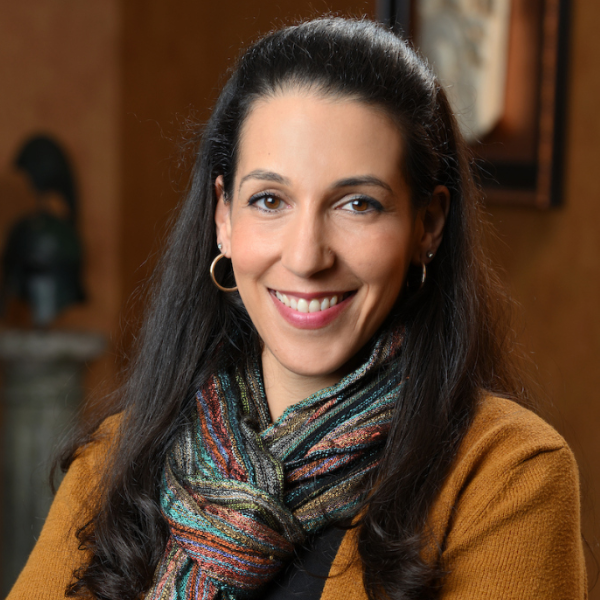1964 Project
Call for Proposals
Introduction
The College of Human Medicine is excited to announce a call for proposals for its 1964 Project. The project is focused on advancing scholarship in justice, inclusion, equity, and diversity. In this way, the project is similar and complementary to the university’s 1855 Professorships effort.
The project is named after the year 1964, a momentous year for both the college and the country. In 1964, the College of Human Medicine was founded, and in that same year the US Civil Rights Act was signed into law. The college was the first medical school accredited as a community-based medical school and has been dedicated to advancing opportunities for all in medicine. While the college has long been successful in admitting a diverse class of medical students and several units have diverse faculty, there is more for us to do in the area of diversity, equity, inclusion and justice.
The 1964 Project is expected to provide on-going, recurring GF support for the salary of one to two faculty at any level. As units contribute to the proposal, the college’s funding can be leveraged to support more faculty. Units are encouraged to think about this project broadly and to expand their horizons as they consider how potential new faculty members will fit into their units.
The CHM Dean’s Advisory Committee on Diversity (DACD) formed a special workgroup to design the proposal review process described below. The group wrestled with questions that have a significant impact on the project:
- The group decided to ask for proposals, rather than brief letters of intent, recognizing this may limit the amount of submissions/participation. Given the number of potential hires and the effort of reviewing proposals, the workgroup decided to design a process that would encourage more developed ideas and programs.
- The DACD discussed whether the project should favor adding positions to areas of strength or supporting new programs and efforts. Units are encouraged to submit proposals that either build on strengths or those that create new areas of scholarship in the college. That said, the DACD opinion is that, given an equally supportive environment, a proposal for a new area will be preferred over an existing program.
- Proposals can provide new opportunities for existing faculty. As an example, a unit could submit a proposal that provided support for an existing faculty member to develop a line of research. As an example, the workgroup could imagine a successful proposal that provided support for an early-stage faculty member to develop research with an eye toward a K or R award. While not a new hire, such a proposal could be designed to increase scholarship and NIH funding in areas relevant to diversity, justice, inclusion, and equity.
This project is expected to help the university meet several MSU 2030 strategic goals including the Sustainable Health, Staff and Faculty Success, Discovery, and DEI pillars. With the university’s strategic planning in mind, we expect units to think about how proposed hires will help meet specific objectives and metrics of the plan.
Content of the Proposal
Abstract (500 words)
Proposal (no more than 4 pages)
Font, spacing, margins and formatting should follow NIH guidelines.
Attachments (Not in the 4 pages)
- Position description
- Business plan for the position provided by the department, using the CHM business office template
- Letters of support from other collaborating units
Rubric
Each proposal will be rated from 1-9 (outstanding 1-3, average 4-6, below average 7-9)
- Overall strength of the proposal
Significance of the proposal
- The proposal should demonstrate how the position advances the scholarship of diversity, social justice, inclusion, and equity. (1-9)
- Evidence of support and collaboration with other units/departments/College: Multiple units involved in the proposal (1-9)
- Potential ability to obtain NIH/federal funding (1-9)
Environment
- Department/unit financial contribution will be preferred (1-9)
- Proposal includes a plan for
- Sponsorship Support (1-9)
- Mentorship Support (1-9)
- Scholarship Support (1-9)
- Strategy
- Clear outline of the position, expectations for faculty are realistic (1-9)
- Anticipated outcomes are clearly described so that success of the proposal at completion will be understood. (1-9)
- Note that it is expected that the college will take on some risk in this project, but the potential for improving scholarship in diversity, equity, inclusion and justice as well as ability to attract NIH/federal funding and potential diversification of faculty by the proposal are all expected to be clearly addressed.
- Feasibility of the project. (1-9)
- Added support:
- Given an equally supportive environment a proposal for a new area will be preferred over an existing program. (Subtract 1-3 points)
- Disqualifiers:
- Lack of support from the department chair
- Lack of sustainable business plan (including infrastructure) Units currently lacking a demonstrated supportive environment for faculty
- Assessment that the proposal may not lead to NIH/federal funding
Information About the Review Committee
Review committee
- 5 persons (3 is a quorum), who have experience and success in the work, represent different departments, variable faculty rank.
Nominations process
- 3 nominees from DACD and Dean selects 2 non-DACD participants to ensure the diversity of the panel for a total of 5 review committee members
- People with experience with reviewing grant proposals will make the strongest candidates for the review panel.
How to Apply
Please submit proposals to Dean.Aron.Sousa@msu.edu
Proposals are due: December 15, 2024
Reviews are expected to be completed: February 1, 2025
Submitting units should expect to begin their effort within 6 months of the end of the reviews.
1964 Project Faculty
![]()


